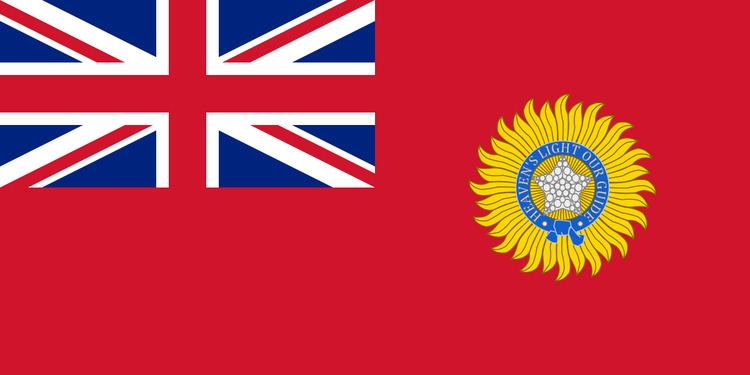1912–1936 → → | Bifurcation of Bihar and Orissa Province 1936 | |
 | ||
Bihar and Orissa was a province of British India which included the present-day Indian states of Bihar, Jharkhand, and a part of Odisha. The territories were conquered by the British in the 18th and 19th centuries, and were part of the Bengal Presidency, the largest British province in India.
Contents
- History
- Dyarchy 1921 1937
- Division
- Governors of Bihar and Orissa
- Lieutenant governors
- Governors
- References
On 1 Apr 1912 both Bihar and Orissa division were separated from the Bengal Presidency as Bihar and Orissa Province. On 1 Apr 1936 Bihar and Orissa became separate provinces.
History
In 1756 Bihar was part of Bengal Subah of Mughal Empire while Orissa was a different Subah.
The Treaty of Allahabad was signed on 16 August 1765, between the Mughal Emperor Shah Alam II, son of the late Emperor Alamgir II, and Robert, Lord Clive, of the East India Company, as a result of the Battle of Buxar of 22 October 1764. The Treaty marks the political and constitutional involvement and the beginning of British rule in India. Based on the terms of the agreement, Alam granted the East India Company Diwani rights, or the right to collect taxes on behalf of the Emperor from the eastern province of Bengal-Bihar-Orissa. Here Behar(Bihar) means present Bangladesh & West Bengal, Bihar, Jharkhand .Orissa means district of Midnapore & East Singhbhum or the land between Subarnarekha river to Damodar River. The other part of medieval Orissa kingdom was divided between Nizam of Hyderabad & Maratha kingdom.
On 14 Oct 1803 the Maratha Empire portion of Orissa was occupied by the East India Company and was included in the Bengal Presidency.In the 19th century Odia speaking tracts were divided between the Bengal Presidency, Central Province and Madras Presidency.
Bihar and Orissa was separated from Bengal on 1 April 1912, with Patna as capital & Puri as summer capital. A number of princely states, including the Orissa Tributary States, were under the authority of the provincial governor.
Dyarchy (1921-1937)
The Montagu-Chelmsford Reforms enacted through the Government of India Act 1919 expanded the Bihar & Orissa Legislative Council from 43 to 103 members. The Legislative Council now consisted of 2 ex-officio Executive Councillors, 25 nominated members (12 official, 13 non-official) and 76 elected members (48 Non-Muslim, 18 Muslim, 1 European, 3 Commerce & Industry, 5 Landholders and 1 University constituencies). The reforms also introduced the principle of dyarchy, whereby certain responsibilities such as agriculture, health, education, and local government, were transferred to elected ministers.
Division
On 1 April 1936, the province was divided into Bihar Province (which included present-day Bihar and Jharkhand states) and Orissa Province, and the Odia speaking princely states placed under the authority of the Eastern States Agency.
Governors of Bihar and Orissa
From 1912 to 1920, the province had a lieutenant governor heading the provincial government. This post was upgraded to governor in 1920, when Satyendra Prasanno Sinha, 1st Baron Sinha was appointed to fill it.
